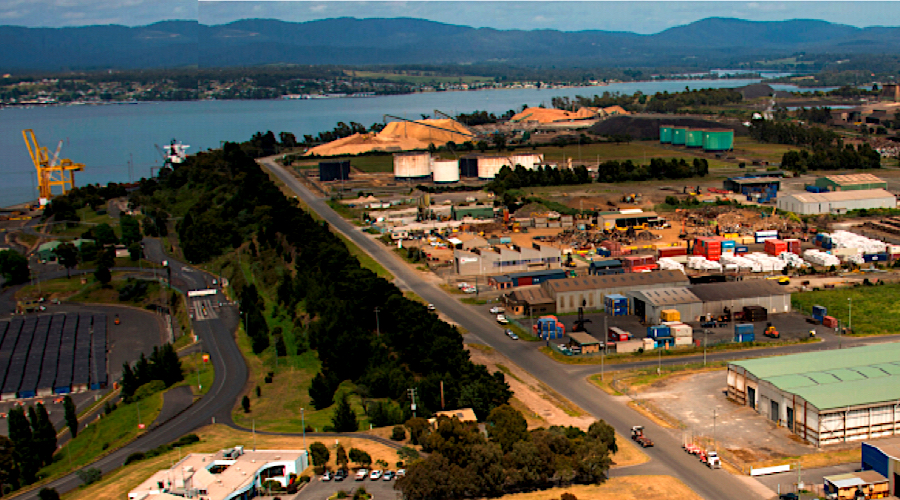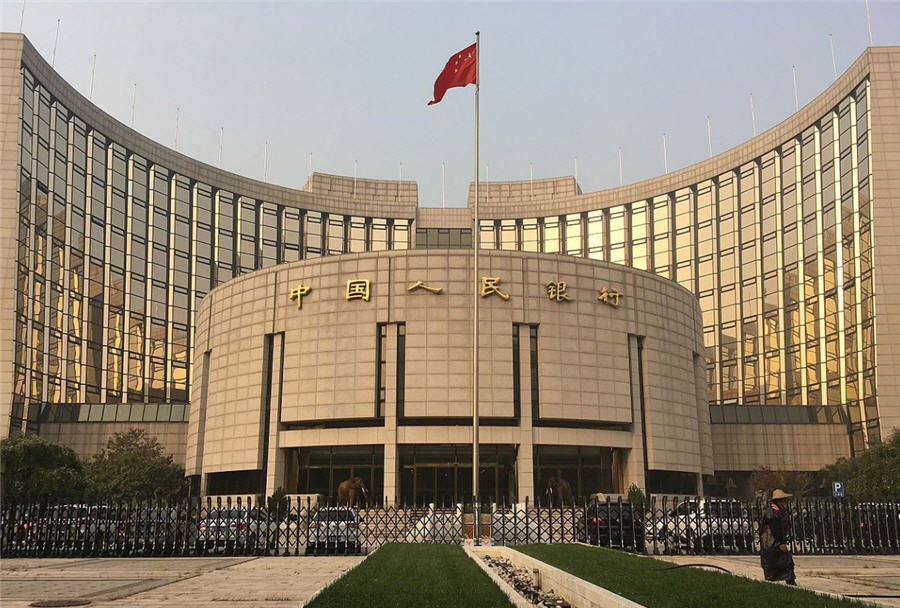Fortescue produces first green iron ore, part of carbon neutrality goal

Fortescue Metals Group (ASX: FMG) said on Tuesday it had produced both green iron and green cement in trials that are part of the miner’s goal to be a top player in the renewable energy market, putting it on track to reach carbon neutrality by 2030.
The company, the world’s fourth-largest iron ore producer, also hit deadlines around trials using batteries, green ammonia and green hydrogen across its iron ore mining operations, including in running locomotives and powering drill rigs, haul trucks and ships.
The Australian miner said its subsidiary Fortescue Future Industries (FFI) successfully produced high-purity iron of 97% Fe from Fortescue’s iron ores without using coking coal and at low temperatures.
The technology, Fortescue noted, still needs to be tested at scale and proven economically viable.
Fortescue Future Industries (FFI) successfully produced high-purity iron of 97% Fe from Fortescue’s iron ores without using coking coal and at low temperatures
Fortescue said it had also begun trials to use waste from this “green iron” process to produce cement that has a lower-carbon footprint.
Chief executive Elizabeth Gaines said the company was quickly moving from being a major consumer of fossil fuel to a top clean and renewable energy exporter.
Mining billionaire Andrew Forrest, Fortescue’s founder and major shareholder, had predicted the world’s conversion to green energy and products would occur “almost violently”. He had quoted forecasts that assumed hydrogen produced from renewable energy would only become commercially viable in the 2030s.
Today’s announcement suggests those outlooks will have to be reviewed.
“We set out to test the hypothesis that there was sufficient 100% renewable green energy, hydrogen, ammonia and industrial manufacturing potential for products such as green cement, green fertilizer, green iron and steel to fully satisfied the world’s need,” Gaines said. “We have confirmed our hypothesis.”
Pending decision
Fortescue said it remained committed to meeting and beating its target of becoming carbon neutral by 2030.
The company’s climate change strategy, however, only considers Scope 1 and Scope 2 greenhouse emissions — those directly generated by an organization, as well as indirect emissions from the power it buys to run its operations.
Scope 3 emissions, caused when a company’s product is utilized, processed or shipped to customers, are yet to be addressed by Fortescue, which places the company behind BHP and Rio Tinto’s recent pledges.
Fortescue’s board is due to make a final investment decision by year end on FFI building a 250-megawatt green hydrogen plant at Bell Bay, in northern Tasmania.
FFI CEO Julie Shuttleworth said Fortescue had been “mulling over hydrogen for more than a decade” and became “confident that hydrogen could be stored and transported as a zero-carbon fuel several years ago.”
More News
Gold Fields to end operations at Ghana’s Damang mine after lease denial
April 14, 2025 | 08:36 am
China offers banks extra gold import quotas as investors flock
April 14, 2025 | 08:08 am
{{ commodity.name }}
{{ post.title }}
{{ post.date }}




Comments